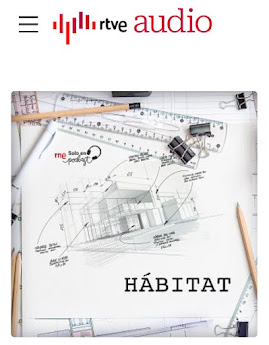Más tarde los cocodrilos han reivindicado ocasionalmente su papel, y no solo como ejercicio ornamental. Desde mucho antes de que fuese desmentida la historia de que las alcantarillas de Nueva York estaban infectadas de estos reptiles, en varias iglesias y catedrales medievales europeas se exhibían cocodrilos colgados de sus cúpulas y paredes. A medio camino de la reliquia y el trofeo de caza, el medioevo, tendente a la pedagogía de los objetos y a la explotación de su simbología, pretendía de ese modo, aleccionar de la virtud frente al pecado, cosa que sucedía por ejemplo en la imagen de la victoria de San Jorge sobre el dragón-cocodrilo.
Hay catedrales donde un cocodrilo disecado permanece colgado como una lámpara y hasta ofrece el nombre a una parte de la iglesia (como sucede en la puerta del lagarto de la Catedral de Sevilla). Confundidos con salamanquesas y dragones, esos seres misteriosos son parte del anecdotario turístico preferido por las multitudes.
Pero de todas las historias que justifican la presencia de esos bichos en las catedrales, la mejor es la leyenda de que están allí porque se pensaba que eran unos animales que no emitían ruido alguno. Y que con su silencio ejemplar, podían contagiar un clima de recogimiento a los fieles que paseaban devotamente bajo sus cuerpos disecados. Cuando vean un cocodrilo en una obra de arquitectura, recuerden que se trata de un ancestral dispositivo de reducción acústica. Vamos, que está ahí para que nos callemos.
Sé bien que esta historia de los cocodrilos y la arquitectura es una frivolidad para lo sesudas que suelen ser estas líneas. Por eso, ruego, que no vean estos cocodrilos como simples cocodrilos, sino más bien como una metáfora, sea eso lo transpolítico, el colonialismo, las desigualdades de género o sociales, o incluso, si se apura, lo sostenible. Y así verán que hoy tenemos, más que de sobra, cocodrilos flotantes en la arquitectura que no hacen sino pedirnos que nos callemos. Y que la cosa no es tan loca como parecía.
Later, crocodiles have occasionally claimed their role, and not just as an ornamental exercise. Long before the story that New York’s sewers were infested with these reptiles was debunked, several European medieval churches and cathedrals displayed crocodiles hanging from their domes and walls. Halfway between a relic and a hunting trophy, the Middle Ages, tending to the pedagogy of objects and the exploitation of their symbolism, intended in this way to instruct virtue against sin, which happened for example in the image of Saint George’s victory over the dragon-crocodile.
There are cathedrals where a stuffed crocodile remains hanging like a lamp and even gives its name to a part of the church (as happens at the door of the lizard of the Cathedral of Seville). Confused with geckos and dragons, these mysterious beings are part of the tourist anecdote preferred by the crowds.
But of all the stories that justify the presence of these creatures in the cathedrals, the best is the legend that they are there because it was thought that they were animals that did not make any noise. And that with their exemplary silence, they could spread a climate of recollection to the faithful who devoutly walked under their stuffed bodies. When you see a crocodile in a work of architecture, remember that it is an ancestral acoustic reduction device. In other words, it’s there to keep us quiet.
I know well that this story of crocodiles and architecture is a frivolity for how serious these lines usually are. Therefore, I beg you, do not see these crocodiles as simple crocodiles, but rather as a metaphor, be it the transpolitical, colonialism, gender or social inequalities, or even, if you hurry, sustainability. And so you will see that today we have, more than enough, floating crocodiles in architecture that do nothing but ask us to be quiet. And that the thing is not as crazy as it seemed.










_-_left_hand_screen,%20imagen%20wikipedia.jpg)



































































































1 comentario:
Son lagartos..
Publicar un comentario